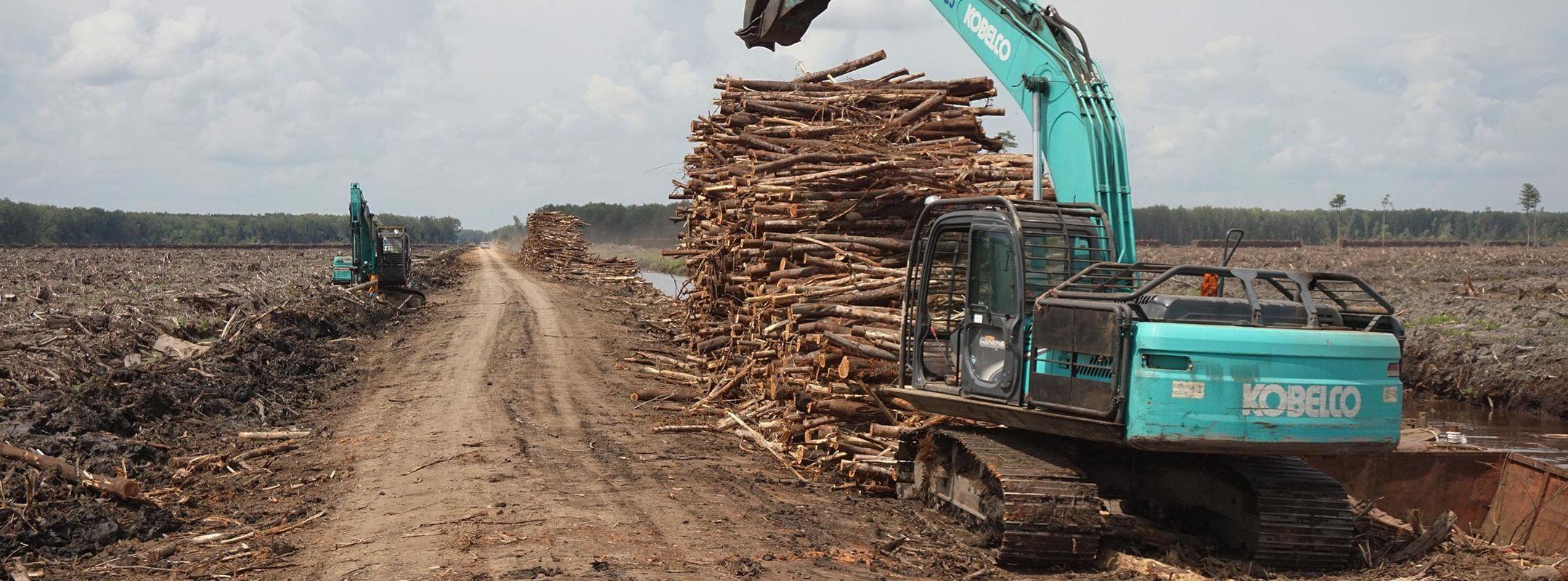Indonesia pulp sector’s progress on deforestation hangs in the balance
23 Feb 2021
7 min read
Despite declining rates of deforestation, past clearing and future supply risks pose ongoing challenges for the Indonesian pulp sector’s sustainability.

Deforestation in West Kalimantan // Auriga Nusantara